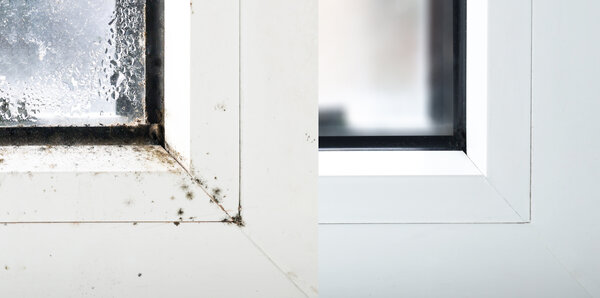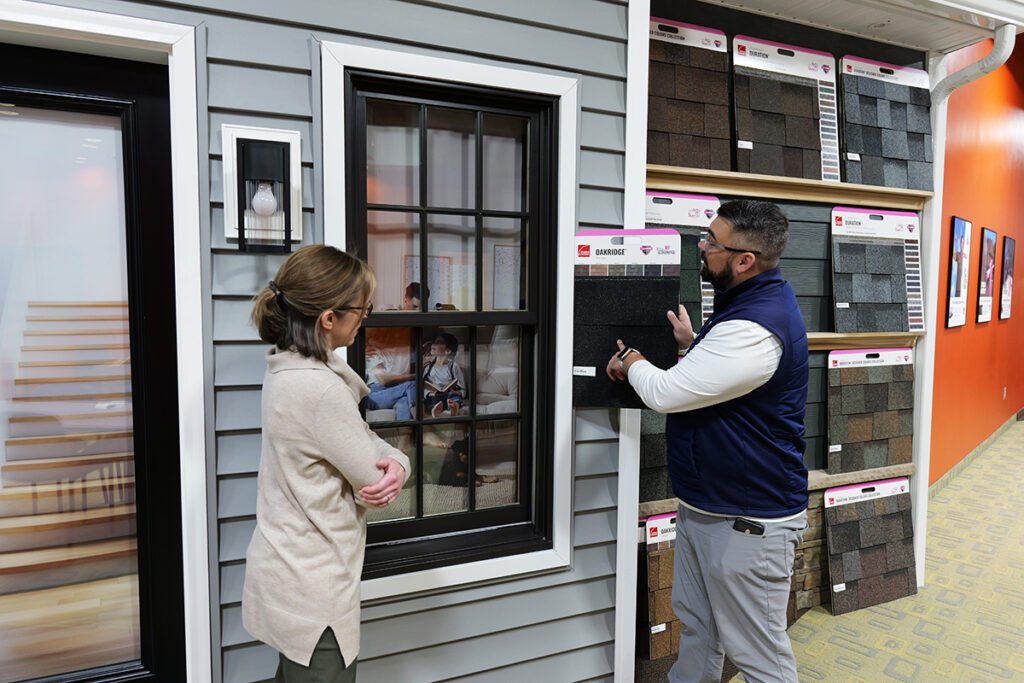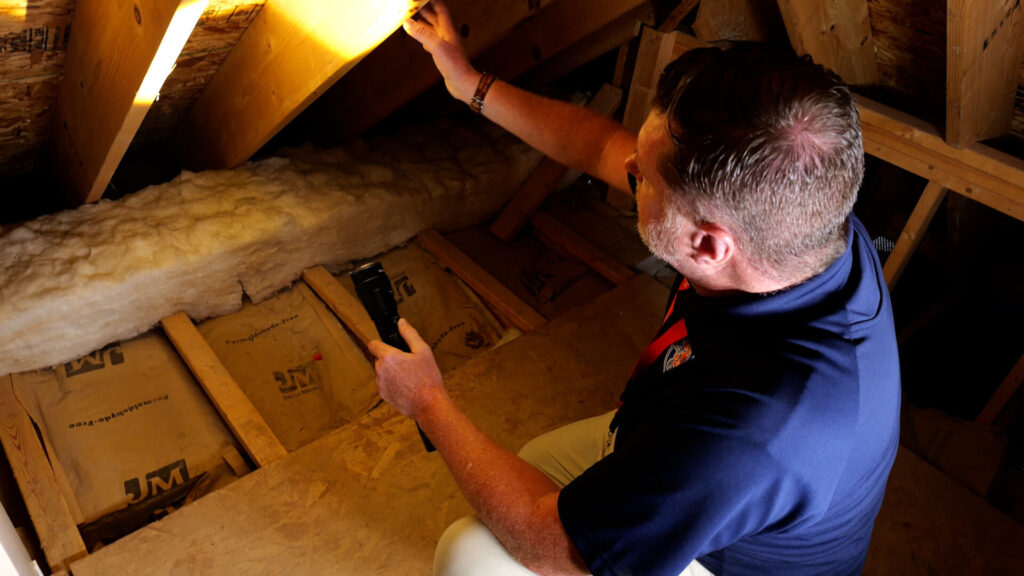There are many things to look for when being a homeowner. Windows, for instance, are an essential characteristic of a home, protecting and preventing dangerous events from occurring on the inside. When considering the potential dangers of being a homeowner, black mold on windows may be the least of your concerns. But it is important to be alert to mold growth because it can have a massive impact on a person’s physical and mental health. Toxic molds can cause shortness of breath, headaches, cold-like symptoms and rashes while also causing mental health issues like anxiety and depression.
Black mold growth on windows

Black mold can grow because of different environmental conditions inside the house. For example, if the dust found on or around the windows becomes wet and warm, it creates the perfect environment for black mold to grow. Mold needs to be moist to grow, even under perfect conditions.
Mold on the windows of a home is often found during spring seasons because, often, windows remain closed for autumn and winter. During this time, many types of molds can form on windows, but most of them are commonly referred to as black mold due to their coloration.
Multiple conditions can cause mold to grow within a home, such as condensation, leaking windows and window seals, and heavy storms. Condensation occurs when there is a distinct temperature difference between the indoors and the outdoors. Often, condensation occurs on bathroom windows due to the humidity caused by the heat of a shower.
Preventing mold growth on windows
Although mold growth can seem unavoidable, there are a few precautions that a homeowner should take to reduce the growth of spores on the windows of their home. Dusting and cleaning windows and other areas near the space can reduce the amount of mold growth on windows.
Furthermore, purchasing a dehumidifier can diminish the amount of moisture in the area, which would lessen the amount of mold growth. And finally, continuously having different forms of air circulation can minimize the number of mold spores in the household due to the constant air movement.
Keeping the thermostat around 70 degrees can prevent mold growth since spores grow in warmer temperatures. Another helpful tip would be to open the windows as often as possible. This is another tactic to keep the airflow circulating through the household.








